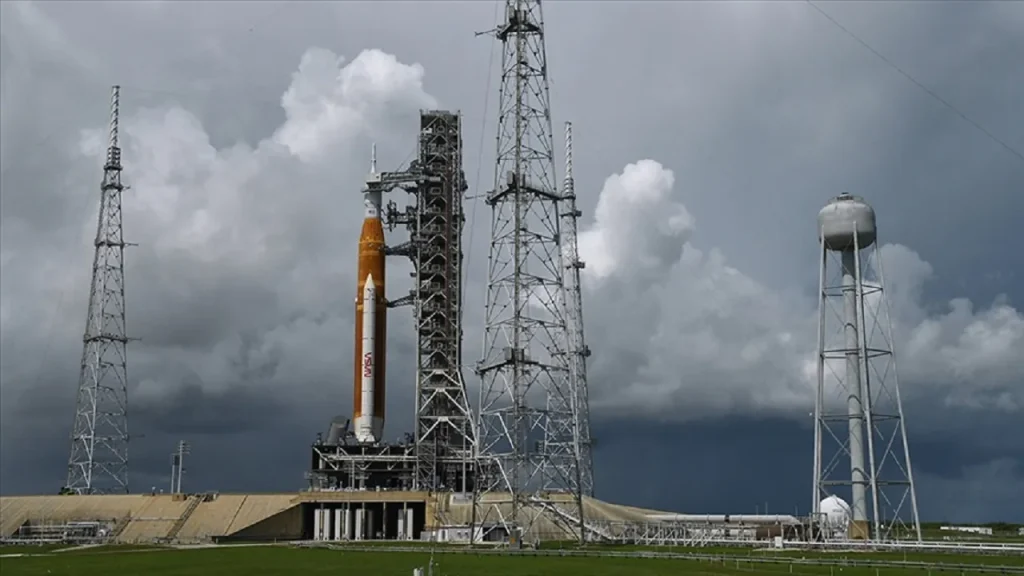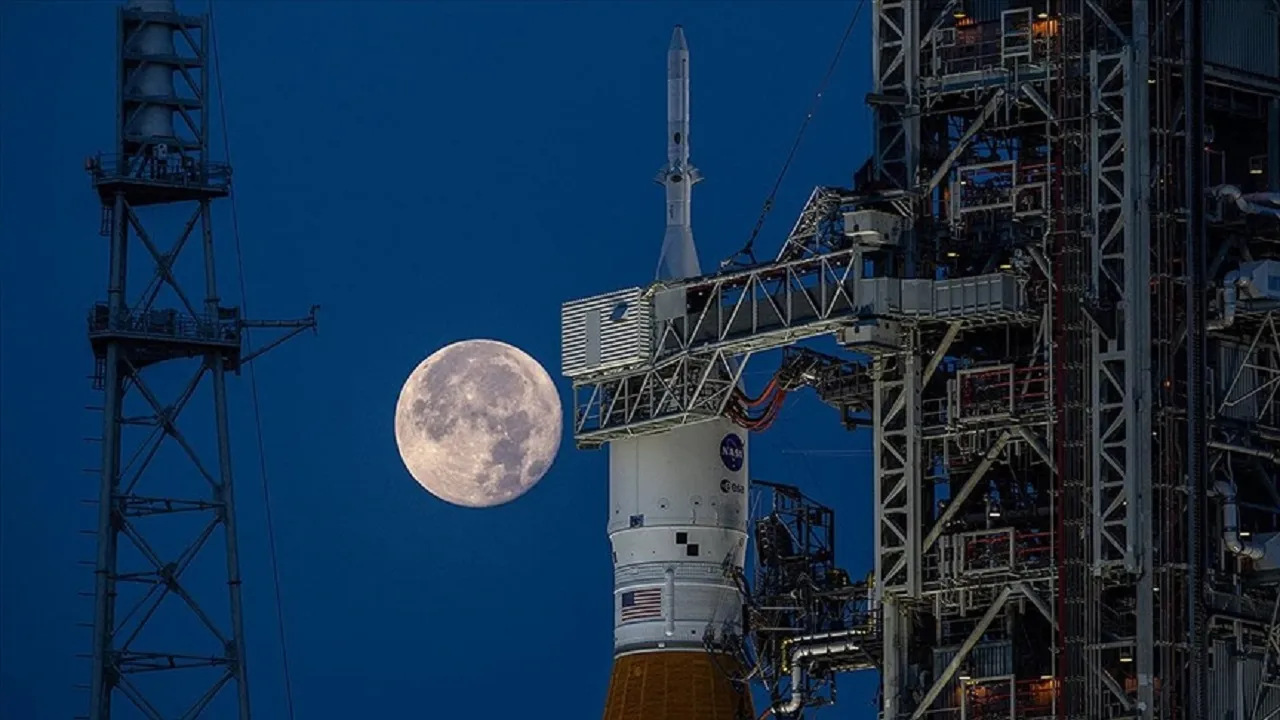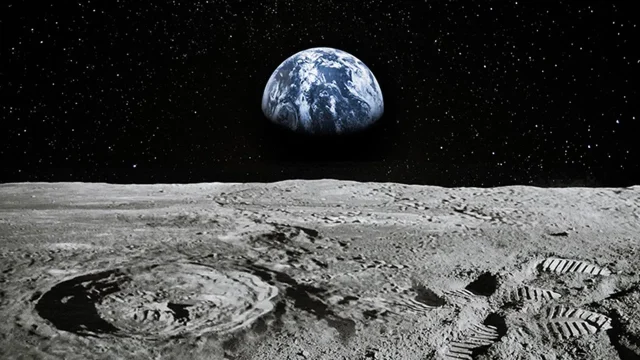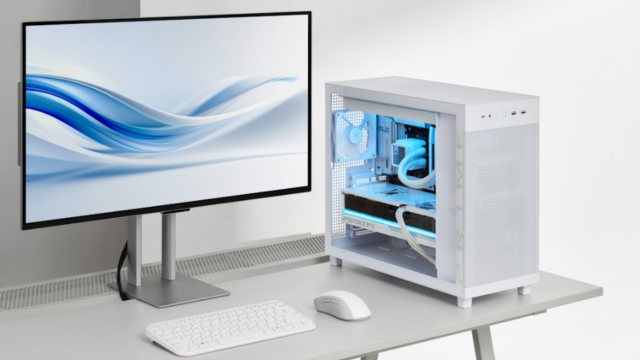NASA took a break from Moon missions after the 1972 Apollo mission. Now he is returning to the field. NASA has taken a big step forward for its crewed Moon mission Artemis II. It has achieved an important integration. NASA’s crewed Artemis II lunar mission is docked in the crew capsule’s service module. Thus, the integration of a vital component is completed. Here are the details…
NASA took a big step for Artemis II!
NASA performed this vital integration last week at the Neil Armstrong Operations and Control Building at NASA’s Kennedy Space Center in Florida. The space agency shared this important development with all space enthusiasts on its social media accounts on Tuesday.

NASA’s engineers have successfully completed hardware installations and testing over the past few months. Then, the technical team connected the two main components of Orion, which will fly NASA astronauts Reid Wiseman, Victor Glover and Christina Koch and CSA (Canadian Space Agency) astronaut Jeremy Hansen. NASA said it would bring them home safely after a mission around the Moon. Thus, confidence was restored.
This important integrated service module is located under the Orion crew capsule. It will also provide propulsion, power, thermal control, and water and air for four astronauts during the Artemis II mission next year. The service module, along with three spacecraft, fits inside an enclosure surrounded by an adapter launch fairing panel.
During launch, these panels provide protection against severe heat, wind and acoustics. Once Orion escapes Earth’s atmosphere, the fairing panels have a mission. It will allow the spacecraft’s solar panels to be turned on. At the end of the mission, the service module will separate just before the crew capsule enters the Earth’s atmosphere. Then it will burn and disappear.
The Artemis II mission team’s next task is to verify that its system is in perfect working order. For this, they will power the combined crew and service module for the first time. Then they will do a lot of difficult tests on Orion. Because the spacecraft will struggle with harsh conditions.
The Orion spacecraft went into space for the first time on the unmanned Artemis I mission towards the end of last year. Thanks to this mission, engineers have ideas about how current spacecraft will respond to future tests.
NASA plans to launch this mission in November 2024. It will follow the same path just like Artemis I. It will then come within about 80 miles of the Moon’s surface. Afterwards, it will move towards space and return home. This mission will take approximately 10 days.














